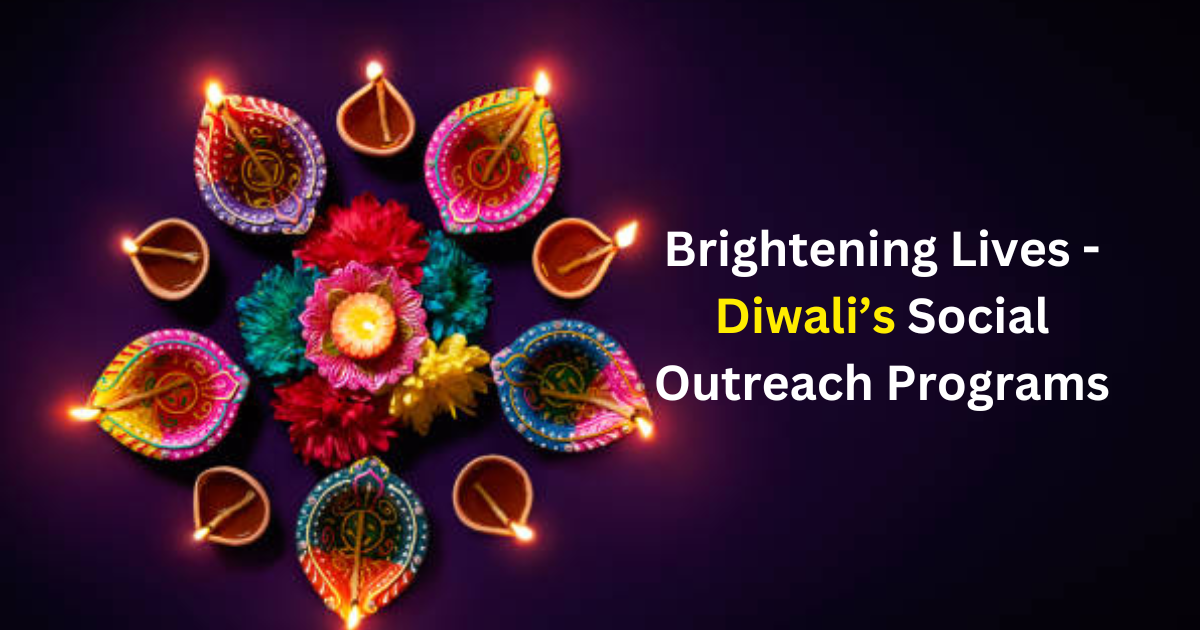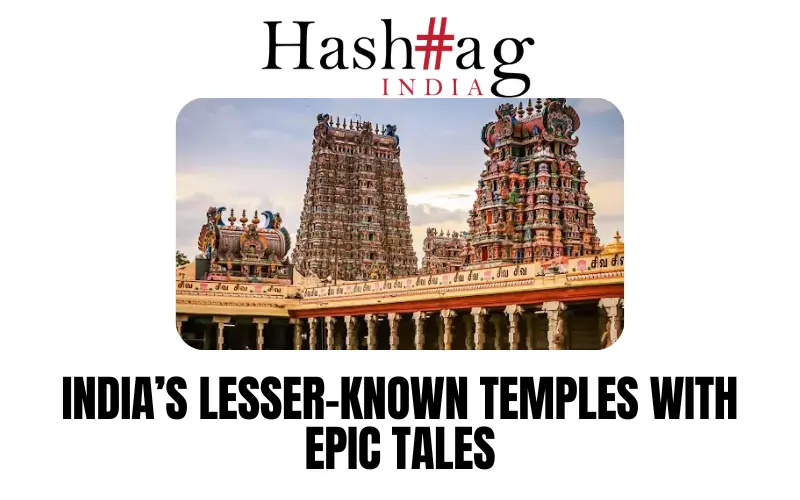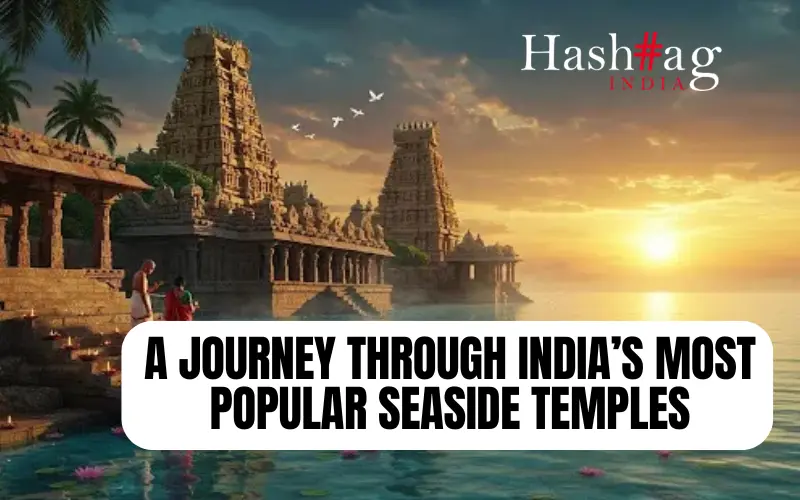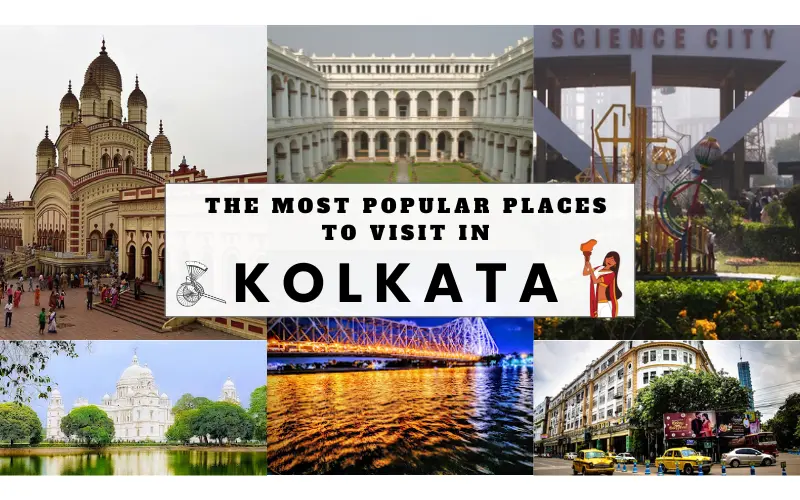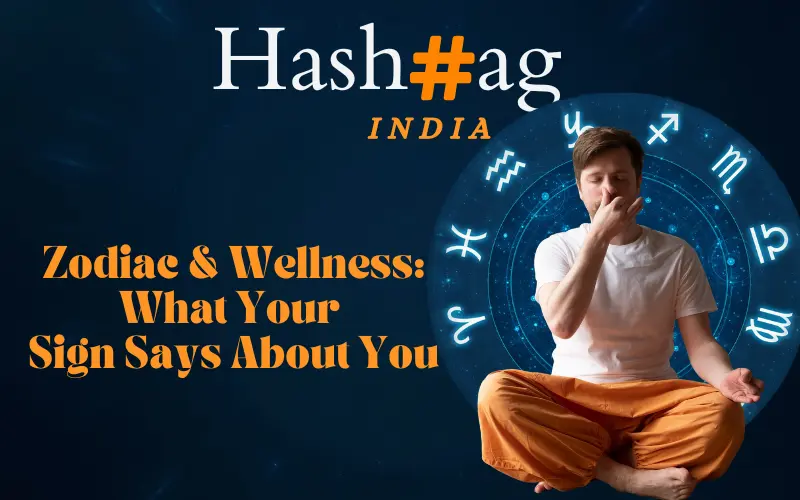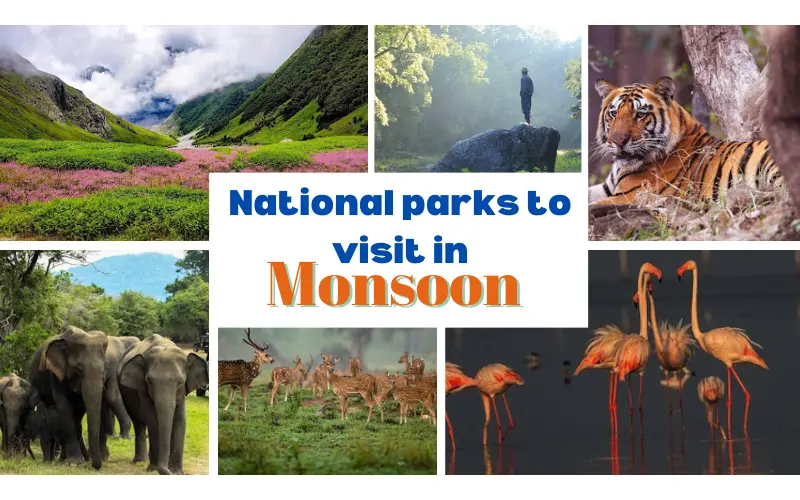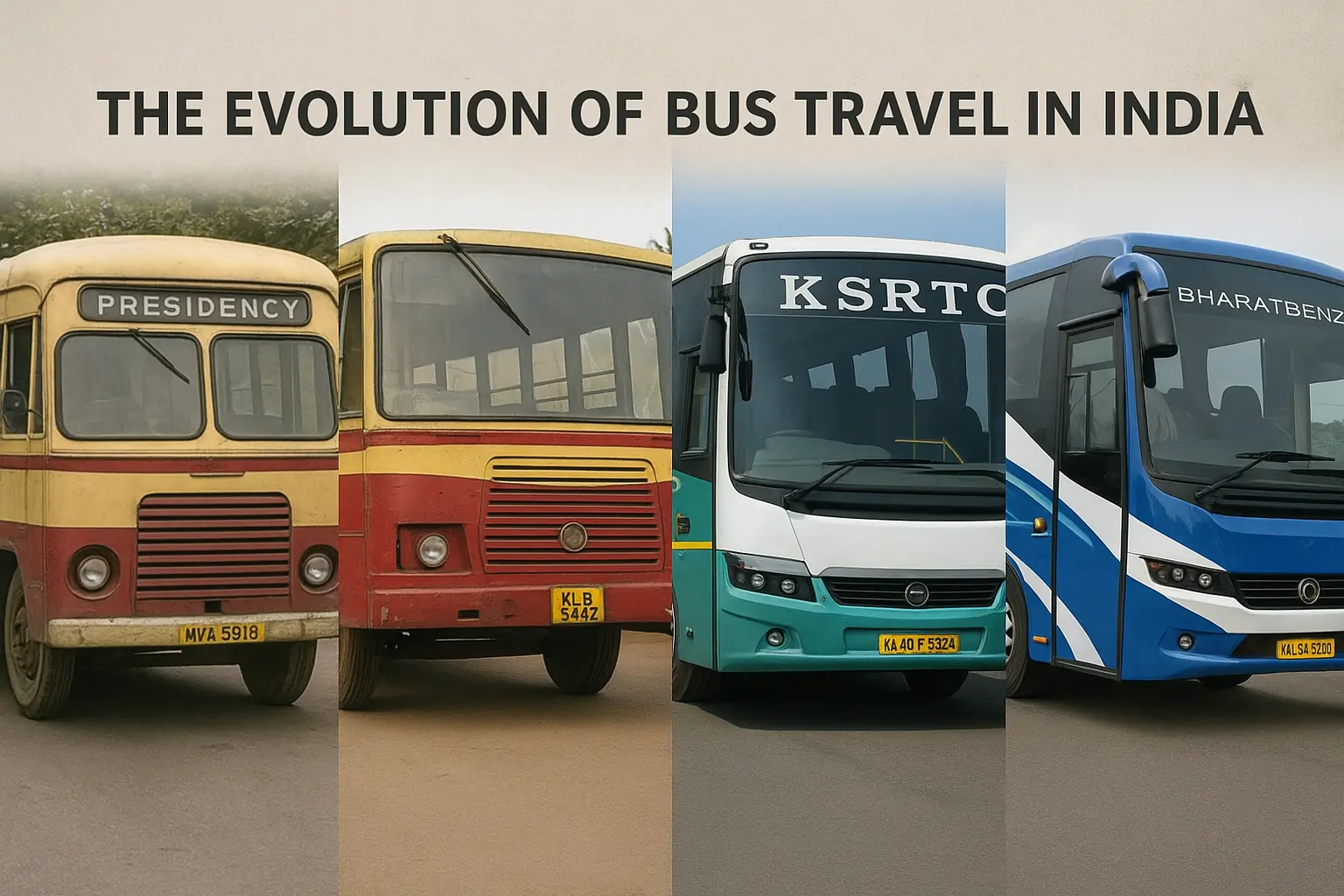Diwali, the festival of lights, is a time for joy, celebration, and spreading warmth and happiness. It’s a time when people across India come together to share light and laughter and extend a helping hand to those in need.

In the spirit of this beautiful festival, various NGOs have launched heart-warming initiatives to make a difference in the lives of those less fortunate. Dhanush Kumar explores five such inspiring initiatives that brighten up the lives of individuals and communities during Diwali.
1. Goonj’s Cloth for Work Program

Diwali is a time for new beginnings, and what better way to start anew than by supporting Goonj’s Cloth for Work Program. Goonj, a renowned NGO, collects surplus clothes from urban areas and exchanges them for the labour of individuals in rural communities. These clothes are then distributed to those in need. This unique initiative reduces cloth waste and empowers marginalised communities by providing them with clothing and employment opportunities. It’s a win-win for the environment and society.
2. The Akshaya Patra Foundation’s Diya Milan Program

As the festival of lights, Diwali is synonymous with the warm glow of Diyas. The Akshaya Patra Foundation celebrates this tradition with its Diya Milan program. During Diwali, volunteers come together to handcraft diyas that are later distributed to school children across India. This initiative not only spreads the joy of the festival but also promotes the spirit of giving and sharing. These small clay lamps symbolise the hope and brightness that education can bring to a child’s life.
3. CRY’s Diwali Appeal Campaign

Child Rights and You (CRY) is dedicated to ensuring a brighter future for India’s children. During Diwali, CRY runs its Diwali Appeal campaign to raise funds for programs providing education, healthcare, and essential services to needy children. Donors can light up a child’s life during the Festival of Lights by contributing to this noble cause. With CRY’s Diwali Appeal, you can be a beacon of hope in a child’s world.
4. Helpage India’s Festival of Lights Program

Diwali is a time for family reunions and spreading love, but it can also be lonely for many elderly individuals who are left in old age homes. Helpage India, a dedicated NGO, understands the importance of companionship during the festive season. Their Festival of Lights program involves volunteers visiting elderly people in their homes, sharing the joy of Diwali, and providing them with gifts and companionship. This heart-warming initiative combats loneliness and isolation, ensuring our elderly citizens also experience the warmth of the festival.
5. The Robin Hood Army’s Roti Bank Program

No festival is complete without food; during Diwali, the Robin Hood Army ensures everyone has a meal to enjoy. This volunteer-based organization conducts Roti Bank drives where volunteers collect and distribute rotis to homeless individuals and those in need. The motto is simple but powerful: Waste na karo, feed karo. The initiative not only prevents food wastage but also provides for the hungry.
Conclusion
As Diwali approaches, these inspiring initiatives remind us that the festival of lights is about personal celebrations and spreading joy, hope, and compassion to those less fortunate. Individuals can actively make the world a better place by supporting these organizations.

